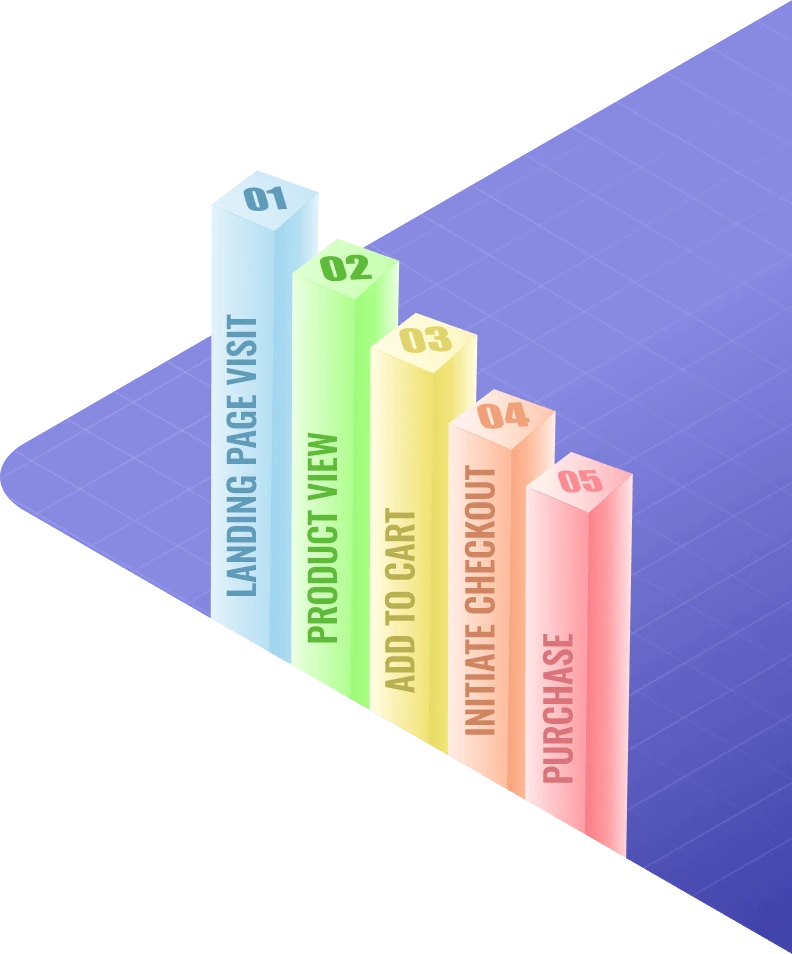Digital marketing is all about results. CVR, or conversion rate, is a key metric used to measure the effectiveness of digital marketing campaigns. Conversion rate measures the percentage of visitors who take a desired action after viewing an advertisement or landing page. This could mean signing up for an email list, making a purchase, downloading content, etc. By keeping track of conversion rates, digital marketers can identify what works and what doesn’t so they can continue to optimize campaigns for maximum impact. Consequently, the rise of CVR as a field is continuously growing and Florida digital marketing services are utilizing it every day.
What is CVR in Digital Marketing? Why is CVR Marketing Important?
CVR in digital marketing is important because it helps digital marketers to measure the success of their campaigns. When measuring CVR, it’s essential to take into account the number of visitors, the type of ad or landing page, and the desired action. This provides marketers with greater insight into their campaigns’ effectiveness and helps them to make more informed decisions when optimizing.
Conversion rate in digital marketing is also valuable because it provides digital marketers with a better understanding of which channels and campaigns are driving the most conversions. By tracking CVR, digital marketers can allocate their resources more effectively and focus on the channels that are driving the most conversions.
CVR is an invaluable metric for digital marketers, as it provides them with data that can be used to make more informed decisions and optimize campaigns for maximum impact. By monitoring CVR, digital marketers can continue to improve their campaigns and drive more conversions. Ultimately, this will lead to higher ROI for their campaigns.
Relationship Between Conversion Rates and Revenue
By its very definition, CVR is directly linked to revenue. As the conversion rate increases, so does revenue (assuming that the conversion you’re tracking leads to income). This means digital marketers need to focus on optimizing their campaigns for maximum ROI to drive higher conversion rates and revenue.
Of course, not all conversions lead to revenue. For example, a free download of an app does not bring in any money but still counts as a conversion. Therefore, when tracking CVR, it’s important to take into account the type of conversion and how it impacts revenue.
Types of Conversions
In digital marketing, there are a variety of different types of conversions. The most common types include:
Purchases: A successful purchase of a product or service
Leads: Contact information from someone interested in your product
Subscribers: Signing up for an email list or other subscription service
Downloads: Downloading a document, app, or other digital content
Viewings: Views of a particular page or advertisement
How Do You Calculate Conversion Rates?
Calculating conversion rates is relatively straightforward. You just need to take the number of people who completed a desired action (like making a purchase) and divide it by the total number of visitors to your site; this will give you the conversion rate as a percentage.
For example, if your website received 100 visitors and 5 of them completed a purchase, you would calculate your conversion rate as follows:
- 5 (successful conversions) / 100 (total visitors) = 0.05
- 0.05 x 100 = 5%
- Your conversion rate would be 5%
With all this information in mind, digital marketers can use CVR to more effectively optimize their campaigns and drive higher ROI. By tracking CVR, they can identify what works and what doesn’t so they can continue to make more informed decisions and improve their campaigns. Don’t take CVR too lightly this year!


